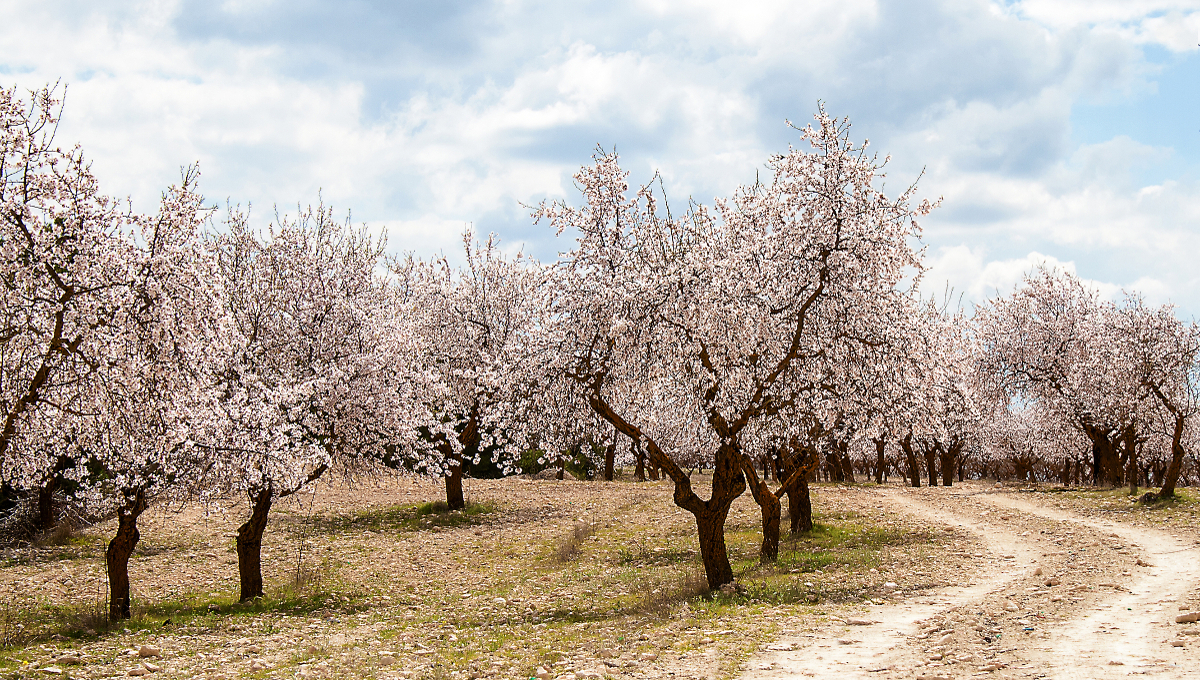One in every five air samples in almond orchards adjacent to a poultry operation tested positive for E. coli during a two-year study published recently.
“Microorganisms Move a Short Distance into an Almond Orchard from an Adjacent Upwind Poultry Operation” comes as romaine growers continue to study the impact of a 100,000-head cattle feed lot adjacent to Arizona growing fields.
Lettuce growers from regions in California are also looking at implications of having animal operations in the areas near food crops. The Food and Drug Administration recently posted a conclusion that animal operations were the likely cause behind romaine E. coli outbreaks in 2018-19.
The almond research, published in the peer-reviewed journal Applied and Environmental Microbiology, involved a number of scientists:
Christopher G. Theofel, Thomas R. Williams, Eduardo Gutierrez, Gordon R. Davidson, Michele Jay-Russell, Linda J. Harris, and editor Donald W. Schaffner. They tested swab samples taken from orchard soil surface and air, soil, and almond leaf samples.
Researchers took samples from orchard air downwind of the unnamed poultry operation and at varying distances. Some samples came from around trees immediately adjacent to the poultry farm. Researchers took other samples from 60 and 120 meters into each orchard.
By far the air closest to the poultry operation had more E. coli than that further away.
“E. coli was isolated from 41 of 206 (20 percent) and 1 of 207 (0.48 percent) air samples in the almond-poultry and control orchards respectively,” according to the research abstract.
“Salmonella was not isolated from any of the 529 samples evaluated. On average, the amount of dry solids on leaves collected from trees closest to the poultry operation was more than 2-fold greater than from trees 120 meters into the orchard or from any of the trees in the control orchards.”
The researchers also looked at numbers for members of the Staphylococcaceae family of pathogens, which are often associated with poultry. They were, on average, significantly more abundant in orchard air closest to the poultry operation (10% of relative abundance) than in trees 120 meters into the orchard (1.7% relative abundance) or from any of the trees in control orchards (0.41% relative abundance).
Scientists wrapped up the study abstract with strong words about food fields near animal operations.
“Poultry-associated microorganisms from a commercial operation transferred a short distance into an adjacent downwind almond orchard,” according to the abstract.
“This study provides evidence that dust and bioaerosols moved from a commercial poultry operation a short distance downwind into an almond orchard and altered the microbiome recovered from the leaves. These data provide growers with information they can use to assess food safety risks on their property.”
(To sign up for a free subscription to Food Safety News, click here.)

